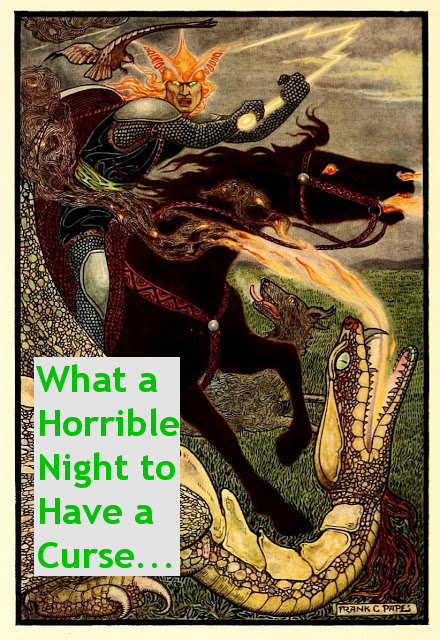I've managed to finish up the semester, so I should have some free time over the next two months to get some gaming projects advanced, along with preparing my next academic research project for work. If any of y'all are thinking that teachers get to laze around all summer vacation, you're wrong. We've got stuff to get done before classes start up again in the fall.
I've gotten some feedback on my TS&R Game Master Guidebook, but other things have been keeping me from getting to the final edit of that. I will be getting it, and the Rules Reference books for both Ruby and Jade, up on DriveThruRPG soon.
The GMG is designed for game masters new to running games, or at least new to old school style exploration-focused gaming, including advice on running the game and creating adventures/campaigns, and optional or alternate rules. The RR books are a condensation of just the charts and rules that an experienced GM needs to run the game at the table. Other than having a few areas specific to the classes/races/spells of Ruby (traditional D&D) and Jade (Asian fantasy D&D), the RR books are nearly identical.
I also had a bit of an epiphany this evening, and started working on a framework for a 2nd edition of Flying Swordsmen, but using the Open d6 system rather than a Classic D&D system. I think it will work out better this way. The way actions in-game determine Character Points earned, and the way Character Points are used to develop Skills, will help give it that feeling of training up your martial arts. Having earning CP tied to upholding the Code of the Xia (act with courage, benevolence, loyalty, righteousness, and individuality) should help drive the emergence of wuxia style stories through game play. One problem with Flying Swordsmen 1E is that the mechanics allow for cool action scenes, but don't support the sorts of drama that set wuxia media apart from simple martial arts media.

I think the basic mechanics are sorted out. I have my list of six Abilities, and what they govern. I need to decide on the actual lists of Skills under each Ability. I have several Powers that PCs (and NPCs!) can learn, and each will have a basic use, and Techniques that can be added as more dice are gained. Similar to the Force Skills in Star Wars d6, templates will have to put Ability Dice into Powers, but after that Powers will be improved with CP just as with Skills. New Techniques can be added with each full die gained in a Power.
I think the Techniques will be sort of like feat trees, with prerequisites of either a certain number of dice in the Power, or certain lower level Techniques learned first. This will cover things like light step, Qi, divination, or straight up magic. I should probably get a hold of d6 Fantasy before I get too far into designing Techniques to see how they balance wizards compared to how SW balances Jedi.
Once I've got the Skills and Techniques sorted (or at least a good first iteration of them), I'll create some templates of common wuxia archetypes and see how they look.
I have no idea how much of this I might get done over this summer break, but I will keep you all posted!





